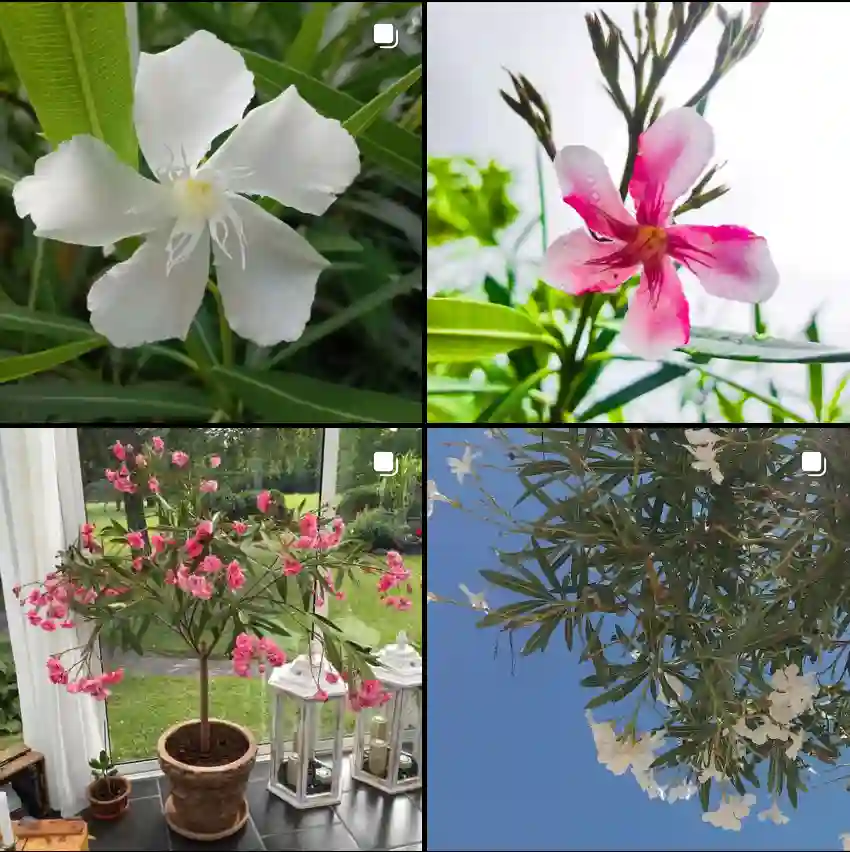FAQs About Soliva Sessilis
If you’ve stumbled upon Soliva Sessilis in your garden or lawn, you might have a few questions about this plant. Soliva Sessilis is known for its creeping, ground-cover nature. I’ve had my fair share of encounters with it, so let me share some insights and answers to common questions about this plant.
What Is Soliva Sessilis?
Soliva Sessilis is a low-growing, spreading plant belong to the Asteraceae family, native to South America. It belongs to the Oxalidaceae family and is characterized by its small, trifoliate leaves and tiny, yellowish-green flowers. It forms dense mats that can cover ground quickly, making it both a charming and potentially troublesome addition to gardens.
Plant Family: 1720 Genera in Asteraceae
How to Care for Soliva Sessilis?
Caring for Soliva Sessilis involves understanding its needs and managing its growth. It thrives in full sun to partial shade and prefers well-drained soil. Regular watering helps keep it lush, but overwatering can lead to root rot. To maintain its health and appearance, you might need to trim it back occasionally to prevent it from becoming invasive.
How to Propagate Soliva Sessilis?
Propagating Soliva Sessilis is relatively straightforward. You can propagate it through division or by taking cuttings. To divide, simply lift a section of the plant, ensuring you have some roots attached, and replant it in another area. For cuttings, snip a healthy stem and place it in soil or water until roots develop.
What to Plant with Soliva Sessilis?
Soliva Sessilis works well as a ground cover, so pairing it with taller plants that won’t overshadow it is ideal. Consider planting it alongside ornamental grasses or perennials that have similar light and water requirements. It can create a lush carpet under plants like hostas or ferns.
Can You Grow Soliva Sessilis Indoors?
Growing Soliva Sessilis indoors is possible but requires specific conditions. It needs bright, indirect light and well-draining soil. Keep the plant in a container with good drainage to avoid waterlogging. Indoor growth can be slower than outdoor, but with proper care, it can still thrive.
Is Soliva Sessilis Toxic?
Soliva Sessilis is not known to be toxic to pets or humans. However, as with many plants, it’s a good practice to keep it out of reach of small children and pets to avoid any accidental ingestion.
Benefits of Soliva Sessilis
One of the main benefits of Soliva Sessilis is its ability to quickly cover ground, which can help suppress weeds. Its dense growth also makes it a good choice for creating a green carpet in garden beds or around larger plants. Additionally, it can be a visually appealing addition to your garden with its small flowers and lush foliage.
Common Problems with Soliva Sessilis
Despite its benefits, Soliva Sessilis can present some problems. It can become invasive if not managed properly, spreading quickly and overtaking other plants. Additionally, it may attract pests such as aphids and scale insects. Regular maintenance and monitoring can help manage these issues.
How to Get Rid of Soliva Sessilis?
If you find Soliva Sessilis overtaking your garden, you might need to take steps to remove it. Manual removal is one approach; pulling up the plant by hand, ensuring you get all the roots, can be effective. Alternatively, you can use herbicides specifically designed for broadleaf weeds. Always follow the manufacturer’s instructions and take care to protect nearby plants from chemical damage.
What Kills Soliva Sessilis?
Several methods can kill Soliva Sessilis, depending on your preference and the extent of the infestation. Herbicides containing glyphosate or similar active ingredients are effective. For a more natural approach, vinegar or salt solutions can work, but they may also harm other plants. Regular mowing or cutting back can help manage its spread and prevent it from becoming a problem.
Compare Soliva Sessilis with Other Similar Plants
Soliva Sessilis can be confused with other ground covers like Creeping Charlie (Glechoma hederacea) or Creeping Jenny (Lysimachia nummularia). While all these plants spread quickly, Soliva Sessilis has a distinctive trifoliate leaf structure and small flowers, whereas Creeping Charlie has rounder leaves and Creeping Jenny features yellow flowers. Understanding these differences can help in managing or identifying these plants in your garden.
By knowing more about Soliva Sessilis, from its care to control methods, you can better manage this plant in your garden or home. Whether you find it charming or challenging, understanding its characteristics and requirements will help you make the most of your green space.
If i die, water my plants!



